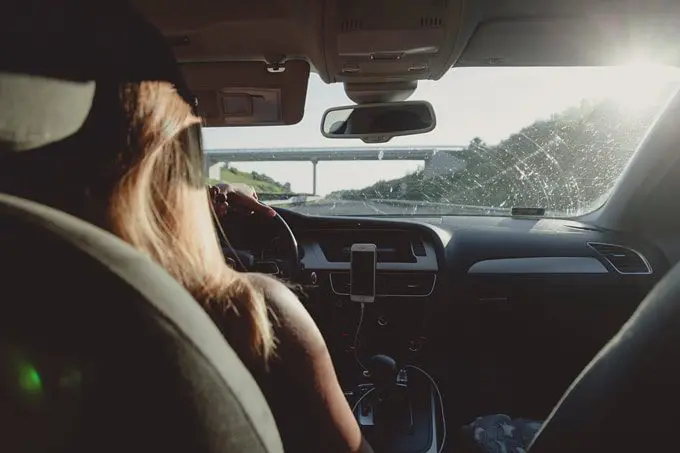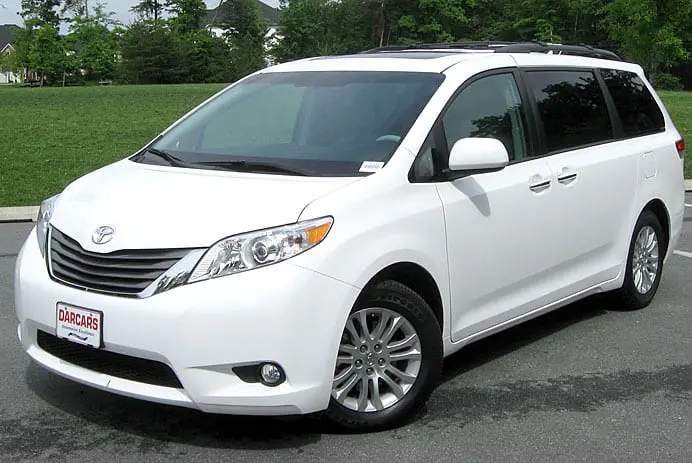words Alexa Wang
Each year, there are in the region of 1.2 million people killed on roads worldwide, with 50 million suffering injuries. It’s anticipated that road accidents will become the seventh leading cause of death in the world by 2030. However, technology continues to affect every aspect of our lives and our automotive industry is one sector that has hugely benefitted from the advances — and it appears that it will continue to do so.
The seatbelt was a concept that was designed in the early 1900s but only became standard in vehicles in 1970. In 1998, front airbags were introduced as a standard in new cars, but since then there have been many new gadgets become available to add to your vehicle. Emission laws are also helping the environment. In all, nearly seven in every 10 cars include driver assistance technology to help improve safety.
Here, alongside Lookers, who offers a wide range of Ford Motability cars, we look at the top inventions that are helping keep us safer on the roads in our modern vehicles:

Lane monitoring
There are many reasons why a driver drifts between the lanes. However, no matter what the reason, it can cause a fatal crash. In fact, five per cent of reported crashes are due to drivers merging with fast-moving traffic or attempting to switch lanes. That’s why this simple technology can be so effective. The lane-keep assist device monitors the lane lines and alerts you when you begin to veer away from the centre. This, in theory, should enable a driver to react and eliminate the chance of causing an accident.
Fatigue detection
Each year, thousands of accidents are caused by drivers who are tired. Although it’s not possible to calculate the exact number of sleep-related road accidents, researchers believe that driver fatigue is a major factor in up to 20% of incidents. Research has also found that drivers who travel for over two hours start to lose concentration and react slower to hazards. Fatigue detection, also known as driver drowsiness detection, works by monitoring steering movements and advising drivers when breaks are required.
Blind spot sensors
Changing lanes can be difficult due to the blind spot. Many drivers are apprehensive when it comes to manoeuvring because of this blind spot, but that fear and uncertainty can now be a thing of the past. Thanks to sensors that are connected to visual and audio systems, you can feel safer in the knowledge that your car will scan the surrounding area for any potential hazards.
Self-braking systems
While each manufacturer has its own self-braking technology, essentially, it’s all there for the same purpose. By using sensor inputs, which could be lasers, radar or video data, the car will automatically come to a standstill if it detects an object is blocking your vehicle’s path – if you are travelling faster than said object.
While not every car is fitted with this technology, it’s becoming an extremely popular feature and it doesn’t affect how you drive your vehicle but can literally be a lifesaver. It was designed to safeguard against distracted driving and, while you’d hopefully never need to use the concept, it’s a great safety back-up to be able to call on if needed.
Safety exit assist
This was first revealed in Hyundai’s Sante Fe SUV. It works by temporarily disabling rear doors when vehicles or bicycles are approaching. Used as an extension to the blind spot monitor, this tool is expected to be extremely popular with those who have young children.
Automatic crash response
While this may not be a service that will help improve safety, it could be crucial in saving lives. The EU voted for eCall systems to be made mandatory on all new cars form March 2018 and works by sending an advisor the precise details of a car’s location, as well as a description of the vehicle. There will also be an emergency call service available via an SOS button, which will connect you to a service advisor to help.
These assisted technology systems are enabling drivers to be safer on the roads and, as technology advances, it’s hoped that car-related accidents will decrease.





